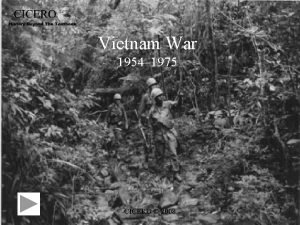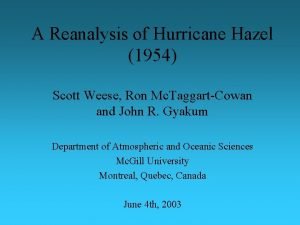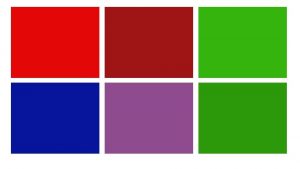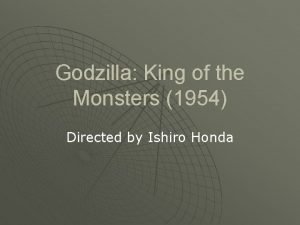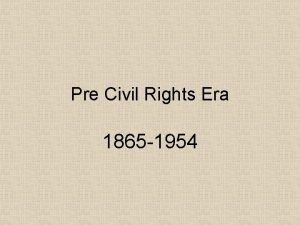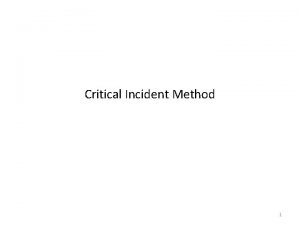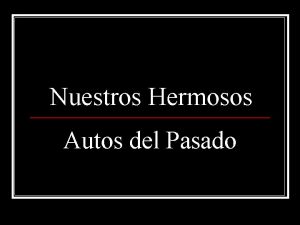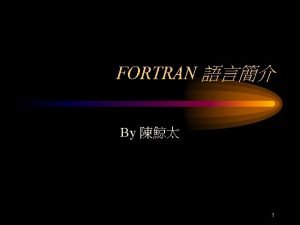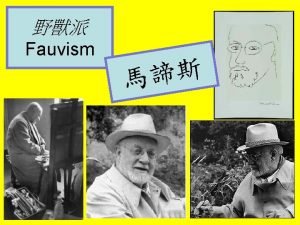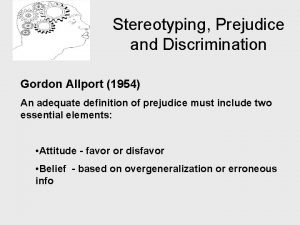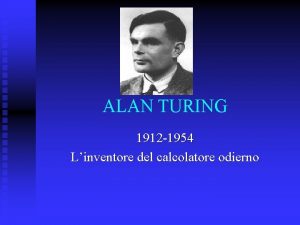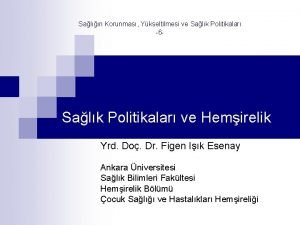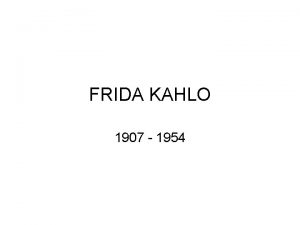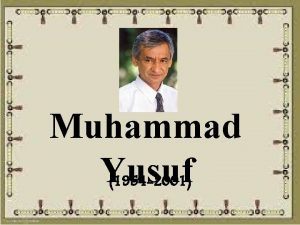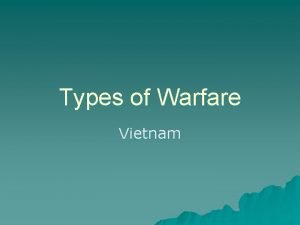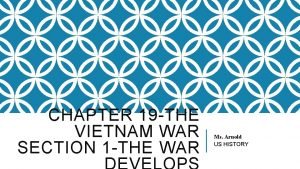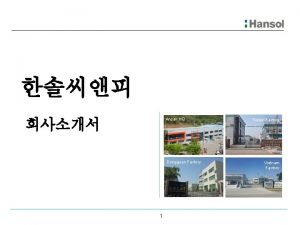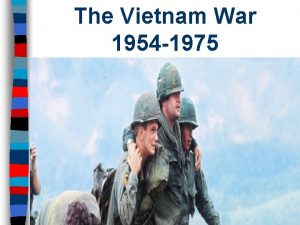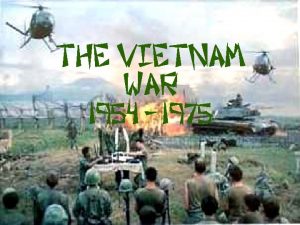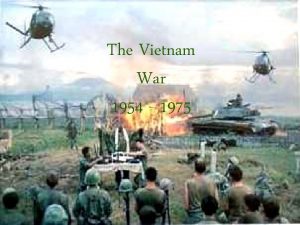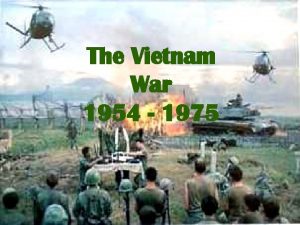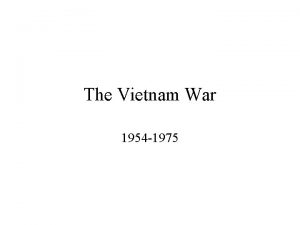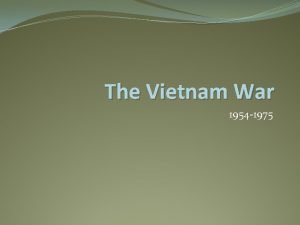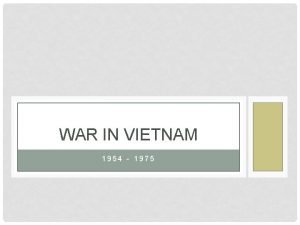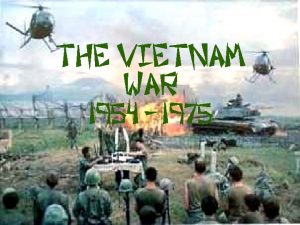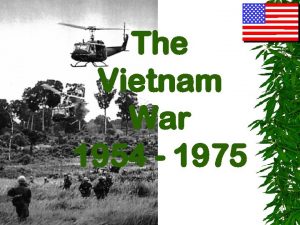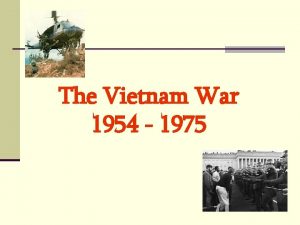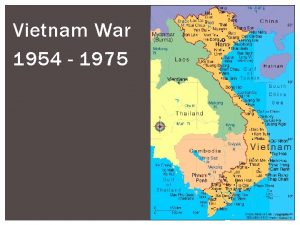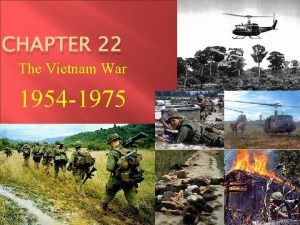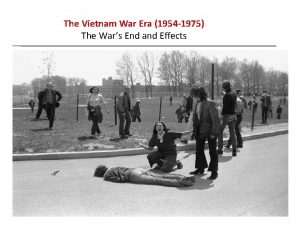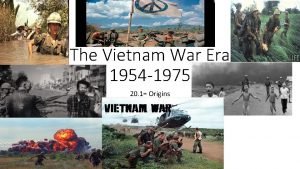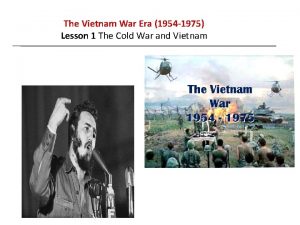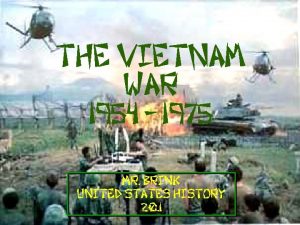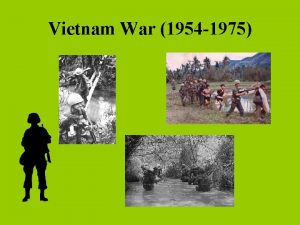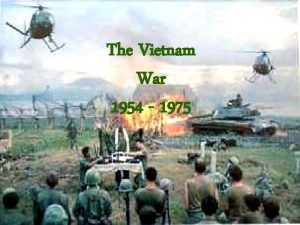The Vietnam War 1954 1975 Vietnam War The























- Slides: 23

The Vietnam War 1954 - 1975

Vietnam War The longest war in our history, it was the most reported and most visible to the public, but the least understood -US General William Westmoreland

Background to the War • French Indochina • Japan took control during World War II • France attempted re-colonization in the postwar period

Background to the War • The French lost control to Ho Chi Minh’s Viet Minh forces in 1954 • Eisenhower’s reaction

• Peace conference (1954) • Divided Vietnam into North/South • Called for national elections in 1956

Background to the War • Ho Chi Minh’s communist forces controlled the North • Ngo Dinh Diem (French-educated Roman Catholic) controlled the South

U. S. Military Involvement Begins • Diem ruled as repressive dictator – Diem’s family held all power – Wealth hoarded by the elite – Buddhist majority persecuted – Torture, lack of political freedom • The U. S. aided Diem’s government. Why? – Domino Theory

• Diem attacked the Buddhists in South Vietnam • Monks began protesting the attacks in many ways including setting themselves on fire • US realized that Diem was a problem and had to be replaced

Early Protests of Diem’s Government Self-Immolation by a Buddhist Monk

• Vietcong -formed by 1960 in South Vietnam – Rebel communist group that fought Diem’s regime

• Ho Chi Minh Trail –a series of trails to supply the VC in South Vietnam • Weapons • other supplies

U. S. Military Involvement Begins • Kennedy elected 1960 • 1963: – JFK supports a Vietnamese military coup d’etat • Kennedy was assassinated just weeks later (Nov. 22)

Johnson and Vietnam • Johnson was advised to increase US involvement by Secretary of State, Robert S. Mc. Namara “I’m not going to be the president who saw Southeast Asia go the way China went. ”

Gulf of Tonkin • August 1964: Gulf of Tonkin Incident – Leads to Gulf of Tonkin Resolution, 1964 • Congress gave President power to defend American troops in Vietnam…President could “take all necessary measures” to protect US forces against attack • Allowed Johnson to send troops WITHOUT an official Congressional declaration of war

The Ground War 19651968 • The US believed that because of its superior military power, they would win…BUT! – Troops not used to the jungle terrain and guerrilla tactics – Ground war consisted of search and destroy missions: – measure success by body counts (on TV every night) – the VC began to set traps so when bodies were counted they would go off and hit US soldiers GOODNIGHT SAIGON

The Air War 1965 -1968 • 1965: Sustained bombing of North Vietnam – Operation Rolling Thunder (March 2, 1965) • Downed Pilots: P. O. W. s

Other than bombs • Napalm was dropped from planes – jelly-like gasoline that clung to flesh and burned; used to set fire to jungles • Agent Orange was a defoliant (killed plants) – used to destroy jungle cover used by guerillas • Affect on US troops? ORANGE CRUSH!

AMERICAN TROOPS ● Had superior weapons ● Were unprepared for heat, terrain, or guerrilla tactics ● Lacked support of most South Vietnamese ● Most never saw the enemy but constantly faced the possibility of sudden danger. GIMME SHELTER

Who Is the Enemy? • Vietcong: – – – Farmers by day; guerillas at night. » Support? ? Patient people willing to accept many casualties. US grossly underestimated their resolve and their resourcefulness. The guerilla wins if he does not lose, the conventional army loses if it does not win. -Mao Zedong

Who Is the Enemy?

The Ground War 1965 -1968 • General Westmoreland Commander of US military forces in Vietnam

WEAPONS ● Land Mines ● Saturation Bombing ● Fragmentation Bombs WAR

Morale Falls • As the war dragged on, morale fell among the troops in Vietnam – Statistics – Some soldiers “fragged” their commanders to keep from having to fight
 1975-1954
1975-1954 Truman doctrine and marshall plan venn diagram
Truman doctrine and marshall plan venn diagram Description
Description Hurricane hazel track
Hurricane hazel track 1970-1954
1970-1954 Ron hubbard 1954
Ron hubbard 1954 Godzilla king of the monsters 1954
Godzilla king of the monsters 1954 Point of woods old lyme ct
Point of woods old lyme ct Ruby bridges how old is she
Ruby bridges how old is she 15 th ammendment
15 th ammendment Flanagan 1954
Flanagan 1954 1954 chevrolet bel air
1954 chevrolet bel air Fortran 1957
Fortran 1957 Lydia delectorskaya
Lydia delectorskaya Allport 1954
Allport 1954 Magnétoscope 1954
Magnétoscope 1954 1954
1954 Fortran
Fortran 1954 hemşirelik kanunu
1954 hemşirelik kanunu Frida kahlo 1907 a 1954
Frida kahlo 1907 a 1954 Muhammad yusuf uchrasharmidik
Muhammad yusuf uchrasharmidik Vietnam war traps
Vietnam war traps President nixon endorsed vietnamization because
President nixon endorsed vietnamization because Vietnam war
Vietnam war
